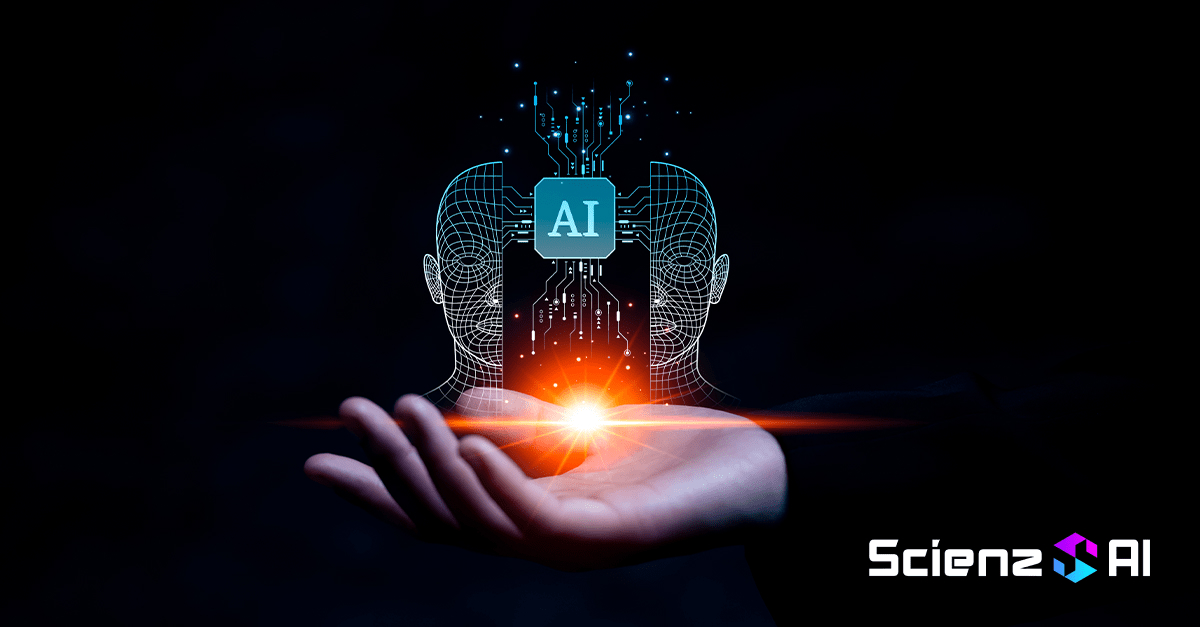Artificial Intelligence’s penetration into marketing continues to grow. Marketing chiefs and their teams are tapping into machine learning, Big Data and analytics, tools and platforms to perform data analysis, content generation, automated decision-making, media buying, as well as real-time personalization.
In fact, AI adoption among marketers has surpassed expectations with a staggering 99 percent of marketers currently using it daily in some capacity while 91 percent currently use AI in their jobs, according to a recent survey from Iterable.
AI marketing tools harness data and customer profiles to learn how to best connect and communicate with potential customers, serving them tailored messages at the right time with little to no human intervention. This means AI can augment marketing teams or perform more tactical tasks requiring less human nuance.
AI enables marketing teams to:
- Analyze information and improve digital marketing campaigns via computer algorithms
- Better understand their campaigns and accurate attribute value across channels through the influx of Big Data
- Filter human efforts down to essentials, analyzing them and recommending the best elements of future campaigns, thanks to AI’s ability to parse data at light speed
- Maintain a central platform for managing huge amounts of data being collected
- Glean insightful marketing intelligence for their target audience, so they can make data-driven decisions
Here are five use cases for AI in marketing, from content generation to predictive forecasting as companies like JP Morgan Chase, Netflix, and Volkswagen have been implementing in the real world.
Content Generation
Generative AI harnesses natural language processing (NLP) algorithms and large language models to automate content creation. LLMs work with large data sets of existing content to analyze styles and patterns of content that will be compelling to read. AI text generation can involve scriptwriting, video storytelling, product description writing, and content creation for emails, blogs, or social media.
American bank JP Morgan Chase has entrusted its copywriting to AI, signing a deal with software startup Persado for AI-generated copy that amassed higher click rates. As a result, Chase gained a 450 percent climb in click-through rates (CTRs) on its ads.
Forecasting Buying Decisions
Generative AI models leverage historical data to predict future marketing performance. This way, marketers gain both foresight and insight into how ad campaigns, products, or solutions might perform under certain conditions, enabling them to strategically plan.
Volkswagen automates not only its vehicles but also its ad-buying decisions. Marketers at the automotive company decided to rely on AI – its vast amounts of data – to better forecast buying decisions, effectively cutting the hidden costs that the ad agency it was working with previously charged. This translated to an upsurge in sales of 20 percent at its dealerships.
Targeting and Real-Time Personalization
Generative AI tools can produce targeted and personalized content via a combination of customer data analysis, machine learning algorithms, and NLP. AI analyzes customer behaviors, identifies patterns in their interactions with your brand (may it be based on their preferences, response to personalized emails, or social media actions), and then generates a unique strategy to enhance customer engagement.
Netflix gets viewers hooked partly through the use of AI for personalization. How? Using the data based on content its members watch and enjoy, coupled with their interactions with the service, “to get better at figuring out what the next great movie or TV show for them will be.’’
Image and Video Creation (At Scale)
Generative AI tools like DALL-E can generate anything from product imagery and visual branding materials to ad creatives. These are highly realistic images of products and services that can be displayed in online stores, social media, and a wealth of marketing channels, helping increase sales and conversions.
Condiment brand Heinz incorporated generative AI in its marketing campaigns. Its ad campaign videos, generated by AI, even carry witty messaging such as the line “Even A.I. knows ketchup is Heinz.”
Cyber Inc also used the AI video creation platform Synthesia AI for its online courses, scaling them up to twice as fast in production and expanding their global reach by producing them in multiple languages.
Designer label Michael Kors also ventured into AI-driven visual try-ons, offering its customers virtual try-on experiences for them to visualize how clothes and accessories will look on them. Through AI and augmented reality (taking advantage of Meta’s AR ads in its news feed), it is among many fashion and retail brands using the technology to reduce the number of returns and increase customer satisfaction.
Cookieless Marketing
A cookie-free future is on the horizon as platforms such as Google Chrome, Safari, Firefox, and Apple phase out third-party cookies. Marketers – already struggling to keep up with evolving regulations and privacy challenges – are likely to find these restrictions detrimental to the performance of their targeted ads.
AI can also effectively capture customer information, unlocking crucial insights. Marketers can use AI to replace data loss from the sunsetting of third-party cookies, thus automating time-consuming manual processes, potentially reallocating the marketing budget, and ultimately arriving at better business decisions.
In getting started with AI in marketing, it’s important to start small, test and iterate, and continually improve. While AI can help automate aspects of marketing campaigns, it cannot entirely replace human creativity that drives storytelling in the marketing domain and emotional connections with the target market.
Related Readings:
Gen AI: A Game Changer for CMOs
AI-Powered Personalized Marketing Fast Becoming a ‘Must Have’
The AI Revolution in B2B Marketing: 10 Transforming Strategies for Results




